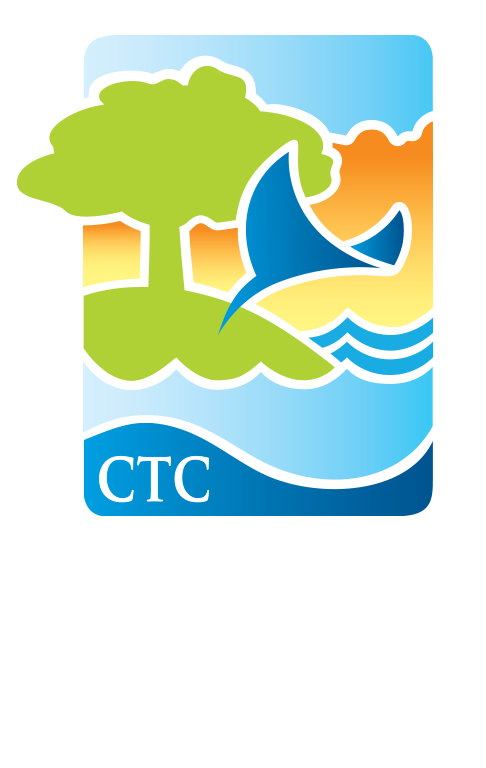Bahía Santa Elena is a bay located in the northern coast of Santa Elena Peninsula. It was identified as an important place for conservation through the analysis of biological representativeness and threats to the identification of "conservation gaps" in marine environments. Since then, it has worked to consolidate its sustainable use.
The Conservation Area of Guanacaste is located in the northwest of Costa Rica, in the province of Guanacaste. It is composed of the National Parks: Santa Rosa, Guanacaste, and Rincón de la Vieja; in addition to the Horizons Forest Experimental Station and the Bahía Junquillal Wildlife Refuge.
In the ACG (Conservation Area of Guanacaste) we integrate, a continuous block of marine-coastal ecosystems, tropical dry forest, tropical rain and cloud forest, where it is estimated that there are approximately 235,000 species (65% of the estimated species in Costa Rica) and 2.6% of the world's biodiversity.
ACG's action is based on the philosophy we call Bio-development. We consider Bio-development as the sum of a number of actions and projects carried out through the ACG Oriented Programs to demonstrate to local, national, and international society that biodiversity and ecosystems are an important productive sector of goods and services, which can be exploited without causing harm, so that society integrates and values the protected area and perpetuates its preservation.
The Santa Rosa sector of the Conservation Area of Guanacaste is defined as Tropical Dry Forest, characterized by a long dry season (six or seven months) Its vegetation loses the leaves during the dry season due to very scarce water sources. Wooded paddocks and forest spots are very common, they are characteristic of the original vegetation of the region. This sector is characteristically a very important place and symbol for Costa Ricans.
In the past, the plainsmen of Hacienda Santa Rosa, as part of the tradition, burned the land from the foot of the volcanoes (on the other side of the inter-American road), to the coast in order to keep the pasture without vegetation, offering new grass sprouts to the cattle each year. This activity was controlled once the conservation process of the Santa Rosa National Park began, with the creation of the Fire and Control Program.
Currently, the Santa Rosa area is the only place in the world where a natural population of the Ateleia herbert-smithii tree is found, one of the few legumes in the world that is wind-pollinated, making it a very biologically particular plant. (Janzen, 1988a.)
The area next to the Casona Historical Museum and the Hill of the Heroes Monument is one of those locations where the Ateleia herbert-Smithii has further shown its recovery. A few adult trees and dozens of juvenile trees constitute an excellent natural sample for humanity of this unique and unrepeatable species.
Playa Naranjo is a beautiful beach located on the coast of Guanacaste, Costa Rica. Located in the extreme northwest of the country, near the border with Nicaragua, this beach is located on the Santa Elena Peninsula, in the Gulf of Papagayo.
Known for its natural beauty and tranquility, Playa Naranjo offers an impressive setting for those looking to enjoy the sun, sea, sand and surf. Its wide expanses of white sand and its crystalline blue sea make it a perfect place to relax and unwind..
The beach is surrounded by exuberant tropical vegetation, creating an atmosphere of peace and serenity. Visitors can enjoy long walks along the shore, sunbathe in the warm Costa Rican climate, and enjoy a refreshing swim in the calm waters.
Site surrounded by a great biological richness, it consists of 7 different coastal ecosystems, where water is present. The Rocky Zone located at the ends of the sandy beaches is an ecosystem characterized by tide changes and an exposed rocky substrate where algae grow.
It offers habitat and food to a wide variety of organisms found interrelating on rocks, in tidal pools, cracks or under them; this location is ideal for observing various groups of animals; invertebrates such as; Porifera (sea sponges), cnidarians (anemones), Equinoderms (sea cucumbers, sea urchins, fragile sea stars) Molluscs (sea slug, sea cockroaches, snails, oysters), Crustaceans (crabs, hermits, cirripeds, rock lice) that expose a very interesting variety of survival adaptations.
Special location to enjoy nature and the unique characteristics offered by the dry forest, its beaches, trails, freshwater rivers and mangrove, as well as its geological importance where the hills of Santa Elena Peninsula can be appreciated, the oldest lands of Costa Rica. Its flora and fauna will make your visit a source of satisfaction and relaxation. Murciélago constituted a cattle ranch adjacent to Santa Rosa National Park
For many years, its development was associated with the double-purpose of owning cattle (meat and milk), linked to the great fields (of a single owner) in the northwest of the country.

